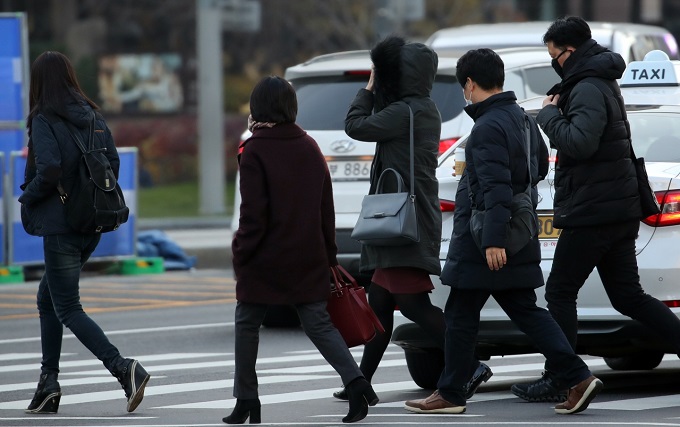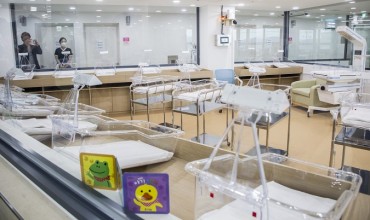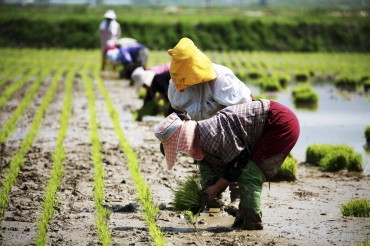
Citizens in thick winter jackets walk near Gwanghwamun Square in downtown Seoul on Nov. 30, 2018. (Yonhap)
SEOUL, Jan. 3 (Korea Bizwire) — South Korea’s population fell year-on-year for the first time in 2020, census data showed Sunday, with a record low number of births getting surpassed by deaths to cause a natural decrease.
According to the latest census figures released by the Ministry of Interior and Safety, South Korea had 51,829,023 people as of Dec. 31, 2020, down 20,838 from the end of 2019.
The population had increased in each of the previous 10 years, though the growth rate had been steadily falling — from 1.49 percent in 2010 to just 0.05 percent by 2019.
For 2020, South Korea reported 275,815 births, down 10.65 percent from the previous year. But 307,764 people died in 2020, a 3.1 percent increase from 2019.
The number of deaths increased every year from 2011 to 2018 before dropping in 2019 and then bouncing back up in 2020.
“Amid the rapidly declining birth rate, the government needs to undertake fundamental changes to its relevant policies,” the interior ministry noted.
Of South Korea’s 17 cities and provinces, only five reported an increase in population: Gyeonggi Province, Jeju Island, Gangwon Province, North Chungcheong Province and the city of Sejong.
Seoul saw its population drop by a little over 60,000.
Seoul and its surrounding Incheon and Gyeonggi regions accounted for half of the entire population, with 26,038,307, up about 112,000 from the previous year.
By age group, South Korea had the most people in their 50s, with about 8.64 million won, accounting for 16.7 percent of the population.
They were followed by those in their 40s (16 percent), 30s (13.3 percent) and 20s (13.1 percent).
In an increasingly aging society, the 60-and-over population made up 24 percent of the country.
The census data also showed a 2.72 percent increase in the number of households, which now sits at 23,093,108.
That is largely attributed to the rise in single-person households.
The data showed there were just over 9.06 million households with one person, up by about 574,000 from 2019. Single-member households accounted for 39.2 percent of all families in 2020, more than any other type of households.
(Yonhap)






